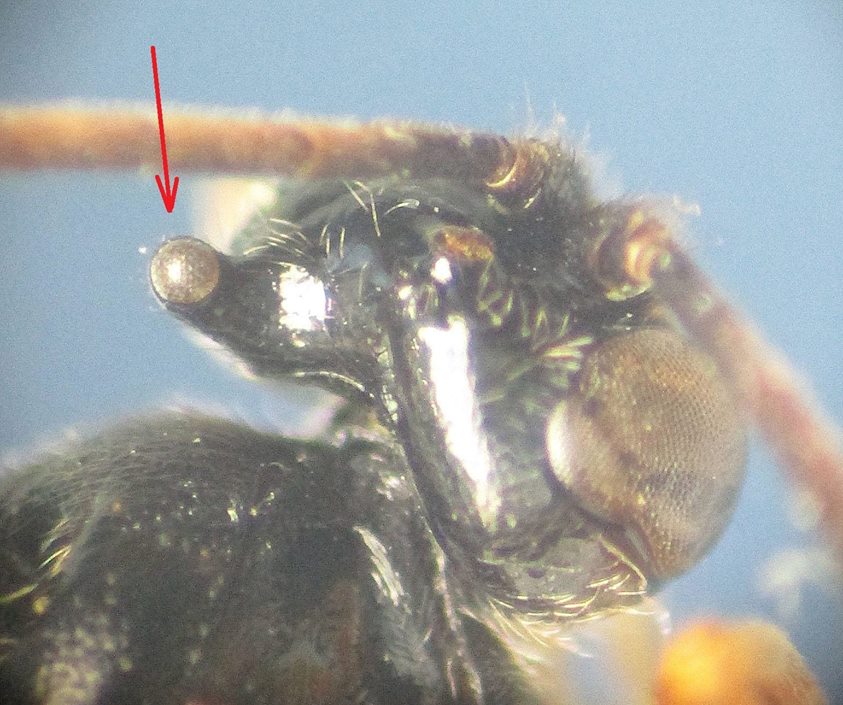Does anyone know why only queen ants seem to have the set of 3 ocelli on their heads? I know other hymenopterans have it too, but I don't know if the worker castes in other eusocial/partly eusocial hymenopterans have ocelli.
- Formiculture.com
- Forums
- Gallery
- Members
- Member Map
- Chat



















